Results
-
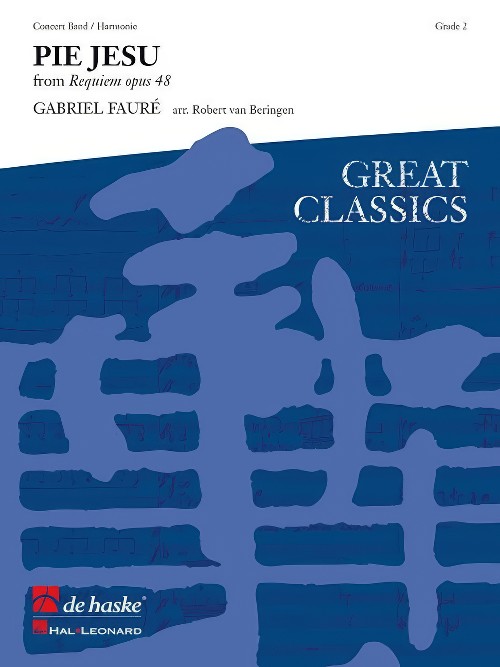 £84.99
£84.99Pie Jesu (Concert Band - Score and Parts) - Faure, Gabriel - Beringen, Robert van
Pie Jesu is the famous aria for soprano and orchestra from Gabriel Faur's Requiem, opus 48. Faur (1845- 1924) composed the work in 1887, two years after his father's death and only a short time before his mother passed away. Faur's Pie Jesu is richly atmosphere and peaceful, and Robert van Beringen perfectly captures the essence of Faur's beautiful music in this arrangement for concert band.Duration: 3:30
Estimated dispatch 7-14 working days
-
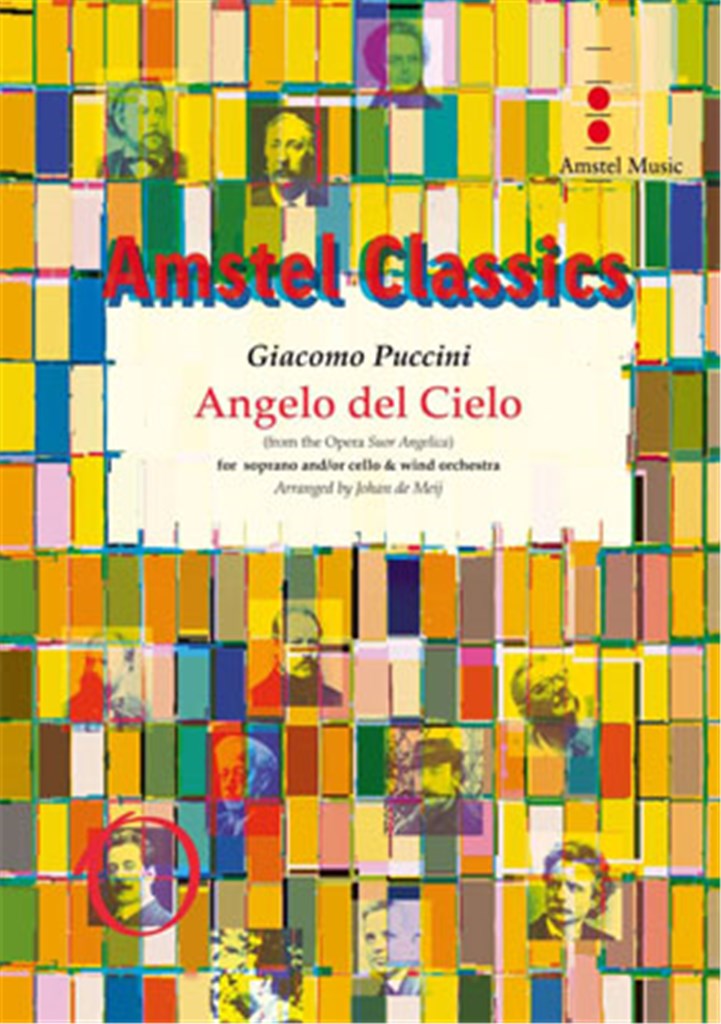 £78.00
£78.00Angelo del Cielo (Soprano or Cello Solo with Concert Band - Score and Parts) - Puccini, Giacomo - De Meij, Johan
The one-act opera Suor Angelica is set in the cloisters of an Italian convent at the end of the seventeenth century. Of noble birth, Angelica has been a nun for seven years, forced there by her family as punishment for an unknown sin. When her aunt visits her, she tells Angelica that her child had died. This terrible news becomes the reason for her only aria, Senza Mamma, a heart-wrenching song of restraint and dignity to her little 'angel in heaven' (Angelo del Cielo).The set contains solo parts, for soprano voice, cello and a duet for soprano and cello.There is also an optional solo part for trombone or euphonium.Duration: 5.00
Estimated dispatch 7-14 working days
-
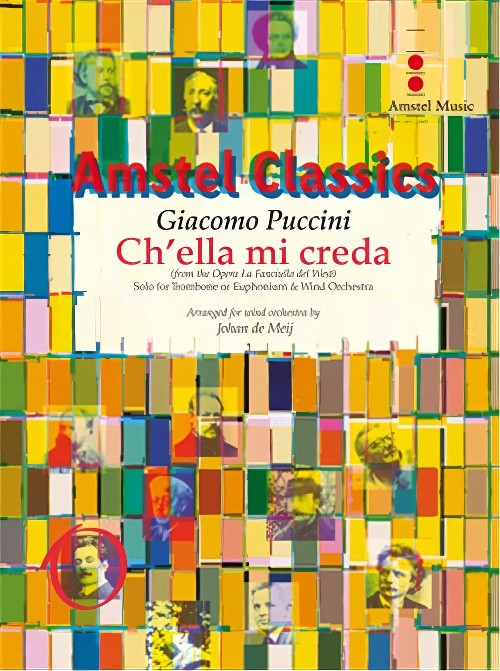 £73.00
£73.00Ch'ella mi Creda (Trombone or Euphonium Solo with Concert Band - Score and Parts) - Puccini, Giacomo - De Meij, Johan
Ch'ella mi creda libero e lontano is the last aria that tenor-role Dick Johnson (the bandit Ramerrez) sings before his death sentence is carried out. Puccini's opera La Fanciulla del West is set in America's Wild West. The impressionistic-inspired opera separates this opera from most of Puccini's other works. Johan de Meij's arrangement uses the solo trombone in the role of the bandit Ramerrez. Duration: 2.30
Estimated dispatch 7-14 working days
-
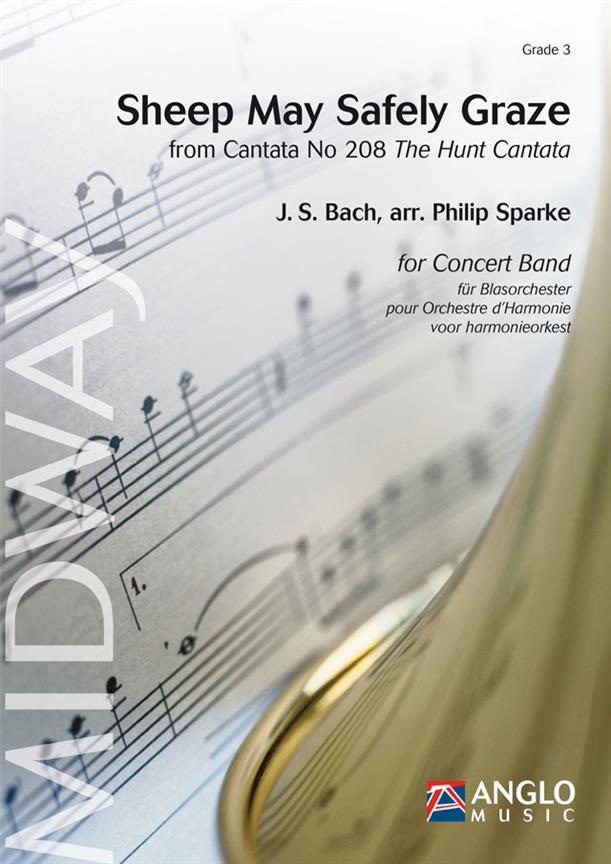 £99.99
£99.99Sheep May Safely Graze (Concert Band - Score and Parts) - Bach, Johann Sebastian - Sparke, Philip
There are just over twenty secular cantatas in Bach's prolific output, which include The Coffee Cantata (No 211), The Wedding Cantata (No 202), Phoebus and Pan (No 201) and the Hunt Cantata (No 208) which contains the famous aria Sheep May Safely Graze. Written for four vocal soloists it was originally scored for a relatively large orchestra (including flutes (recorders), oboes and horns) and mixed choir. Although secular in character, the words describe how well a faithful shepherd keeps watch over his flock and hence has obvious allusions to the teachings of the Christian church. Bring a bit of the Baroque era to your concert with this first class arrangement by Philip Sparke.Duration: 5:00
Estimated dispatch 7-14 working days
-
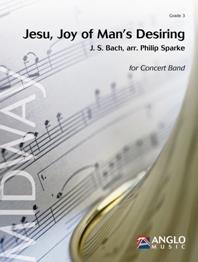 £87.99
£87.99Jesu, Joy of Man's Desiring (Concert Band - Score and Parts) - Bach, Johann Sebastian - Sparke, Philip
Bach's appointment as the Cantor at Leipzig's Thomaskirche in 1723 required him to produce a new cantata for every Sunday service. Jesu, Joy of Man's Desiring is taken from his Cantata No.147 and is unusually elaborate, treated more like an aria than a chorale. It is perhaps the best-loved cantata movement from Bach's entire output and is a certain crowd pleaser for your concert programme.Duration: 2:45
Estimated dispatch 7-14 working days
-
 £74.95
£74.95Largo Al Factotum (From The Barber Of Seville) (Concert Band - Score and Parts) - Rossini, Gioachino - Brand, Geoffrey
Perhaps the most famous baritone aria in all opera! Excerpted from: Barber of Seville.
Estimated dispatch 7-14 working days
-
 £14.95
£14.95Largo Al Factotum (From The Barber Of Seville) (Concert Band - Score Only) - Rossini, Gioachino - Brand, Geoffrey
Perhaps the most famous baritone aria in all opera! Excerpted from: Barber of Seville.
Estimated dispatch 7-14 working days
-
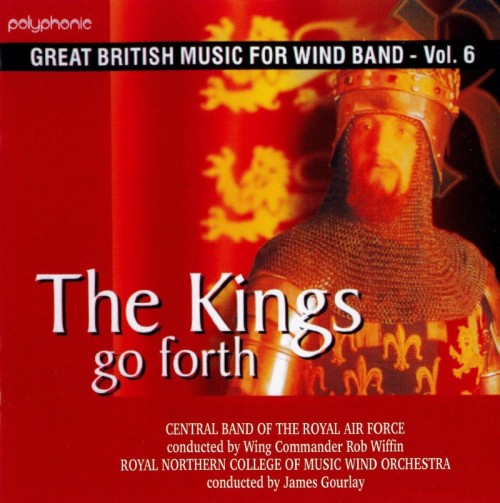 £13.95
£13.95The Kings Go Forth (Concert Band CD)
Great British Music for Wind Band Vol.6The Central Band of the Royal Air Force conducted by Wing Commander Rob Wiffin with the Royal Northern College of Music Wind Orchestra conducted by James Gourlay1Fiesta!Philip SparkeCentral Band of the Royal Air Force7.092Diversions - Variations on a Swiss Folk SongPhilip SparkeCentral Band of the Royal Air Force15.553-6New World DancesMartin EllerbyCentral Band of the Royal Air Force8.39 Earth Dance 2.08 Moon Dance 3.25 Sun Dance 3.066-8Sinfonietta No.1Philip SparkeCentral Band of the Royal Air Force14.05 Overture 2.41 Aria 5.32 Scherzo 5.259-11The Kings Go ForthEdward GregsonRoyal Northern College of Music Wind Orchestra17.17 The Church 4.27 The People 4.42 The State 8.05
Estimated dispatch 7-14 working days
-
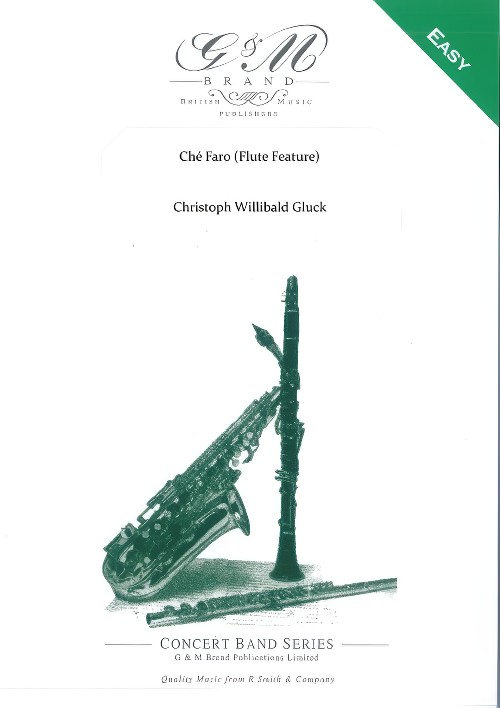 £44.95
£44.95Ch Faro (Flute Solo) (Concert Band - Score and Parts) - Michaelson, Edward
Michaelson utilizes the flutes as the featured instrument in this heartbreaking arrangement of Gluck's most famous aria from the opera "Orpheus." Orpheus is in despair at this point in the opera: he sings of losing his love Eruidice, "She is gone and gone forever," (Che Faro senza Euridice). What is the point of staying on earth without her?
Estimated dispatch 7-14 working days
-
 £8.95
£8.95Ch Faro (Flute Solo) (Concert Band - Score Only) - Michaelson, Edward
Michaelson utilizes the flutes as the featured instrument in this heartbreaking arrangement of Gluck's most famous aria from the opera "Orpheus." Orpheus is in despair at this point in the opera: he sings of losing his love Eruidice, "She is gone and gone forever," (Che Faro senza Euridice). What is the point of staying on earth without her?
Estimated dispatch 7-14 working days
